There comes a moment in every animal lover’s life where we’re watching a movie with a cat in it, or a dog, or an [insert animal here], and we’re overwhelmed by one singular thought: “I swear to god, if anything happens to this creature, I will never watch a movie again.”
It’s an empty threat — probably — but in the moment nothing could be more sincere. Animals have a way of cutting through our emotional defenses. They can be jerks (my cats are literally punching each other right now) but they don’t screw each other over for money. They don’t pass legislation to deny people access to public bathrooms. In the movies, a human being is able to lose our sympathy completely, to the point that something bad happening to them feels like karmic justice. But a cat doesn’t deserve any of that crap. Ever. Ever.
So a film like “Flow” is about as harrowing as filmmaking gets, especially if you like cats. Or dogs. Or secretarybirds. Or lemurs. Or capybaras. The movie puts all these little guys in peril very quickly and never lets up. Even the quietest moments of “Flow” are tainted by existential threat. It’s suspenseful and pensive and painful in a way few films strive for, and fewer still achieve.
“Flow,” directed by Gints Zilbalodis (“Away”), tells the story of a cat who lives in the woods in a long-abandoned house. A pack of dogs, all domesticated breeds, roams these woods as well, chasing our little guy down because — well, they’re dogs. One day, all of a sudden, with almost no warning, a tidal wave crashes through the trees, and the danger won’t stop there. The water level is slowly rising, every second, until all the land starts to disappear under the rippling surface.
The only salvation is a small wooden sailboat. The cat leaps into it along with a lemur and a capybara, and they float aimlessly, foodlessly, atop the trees, over mountains, through the last sky-scraping vestiges of human civilization. The dogs come back, and the golden retriever — being a golden retriever — makes friends with everybody. A secretarybird takes pity on them and brings fish, and may even be able to protect them from other airborne predators. Whatever these animals’ differences may have been, even though they’re naturally predators and prey, even they can recognize that in the face of climate change the only way to survive is by working together. Humanity, much to our ongoing shame, would apparently never.
It’s not a subtle message, and any movie that relies entirely on placing animals in peril isn’t subtle either. Gints Zilbalodis doesn’t merely earn our sympathy with these creatures, he practically takes it from us at gunpoint. To be perfectly frank, “Flow” is in many ways a cinematic cheap shot. Sure, it’ll knock the wind out of you, but it’s not like we had any choice. Animals are cute. Animals in danger are an emotional nuclear strike.
Of course, nobody ever said movies have to be subtle. At least, nobody credible. But “Flow” does find subtlety in its little moments, as opposed to its big messages. The major plot points — daring rescues, unexpected alliances, spiritual moments that defy any literal interpretation — are heavy-handed, yet effective. The scenes of a cat, despite its harrowing circumstances, reduced to kittenhood by the allure of bopping a lemur’s swishing tail? Now that’s relatable. That’s life going on, whether we realize it or not.
So where are the humans in “Flow?” Long gone by the time the movie begins, apparently. “Flow” floats through the remains of our society, empty towers to infinity, monuments reduced to aquatic tombs. Our conspicuous absence is depressing, but then again, if it weren’t for us, or at least whoever built the boat these animals are clinging to, there would be no hope for any animal’s salvation. Except of course for the fish. They seem to be having a field day. If they could speak you’d probably hear one of them yell “I’m king of the world!’ before getting munched on by, apparently, the world’s very last cat.
“Flow” is animated in a style that suggests that Gints Zilbalodis plays, and loves, a lot of video games. The simplistic character designs, the bright lighting, the environments filled with tall structures in the distance to keep us oriented. The nature of the world is revealed in action and detail. Its immensity is contrasted with the smallness of the characters, highlighting a breathtaking sense of scale.
“Flow” uses platforming and puzzle-solving elements to push its story forward, and before long you might get a little impatient and wonder when we’re finally going to be allowed to play. We can’t, of course, because in this story humanity is dead. The story is in so many ways about persevering in the face of overwhelming helplessness. We may never get that “Shadow of the Colossus” movie Hollywood kept threatening to make for so long, but “Flow” understood many of the storytelling lessons that particular classic had to teach us.
Zilbalodis’s film makes a powerful double feature with this year’s “The Wild Robot,” which also tells a tale of a harrowing future in which animals have to set aside their instincts and band together to survive. Both films evoke religious imagery, although “The Wild Robot” is very much The New Testament and “Flow” is basically “Noah’s Skiff.” On the surface it may be tempting to suggest that “The Wild Robot,” being the Hollywood studio version, is the less subtle of the two, but that film has complex philosophical conversations that “Flow” can only hint at, and the commitment “Flow” has to imperiling small animals amidst a climate change allegory is anything but understated. The two films make similar points in incredibly different ways; both do a beautiful job of it.
Getting back to my earlier threat that if anything happens to the cat I’ll never watch a movie again — I can’t say everything turns out OK. Because it kind of can’t, and that’s the point. The animals in “Flow” aren’t in control of their circumstances, and it’ll be a miracle if anything — except of course for (most of) the fish — survives this aquatic apocalypse. And if they do, who knows for how long? Then again “Flow” is itself a bit of a miracle, so maybe there’s hope. If not for us, then at least for the innocent creatures who have to live in the crappy world we’ve made for them.
So if anything does happen to this cat, or this dog, or this secretarybird, or this lemur, or this capybara … we have only ourselves to blame.

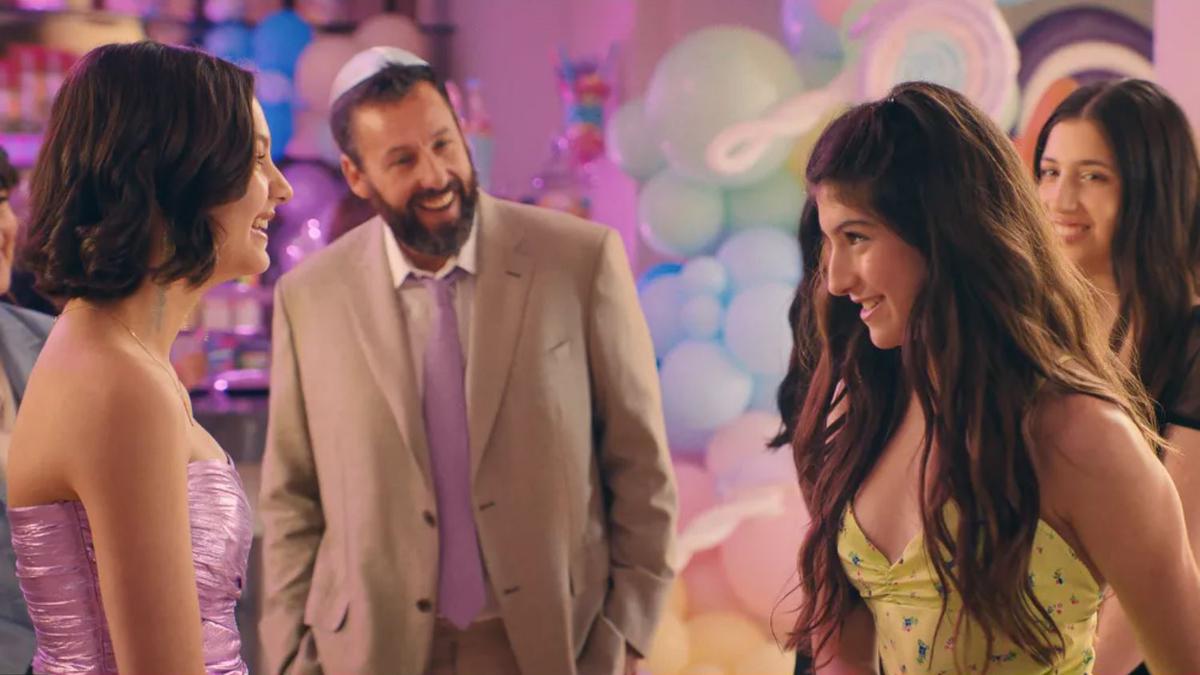
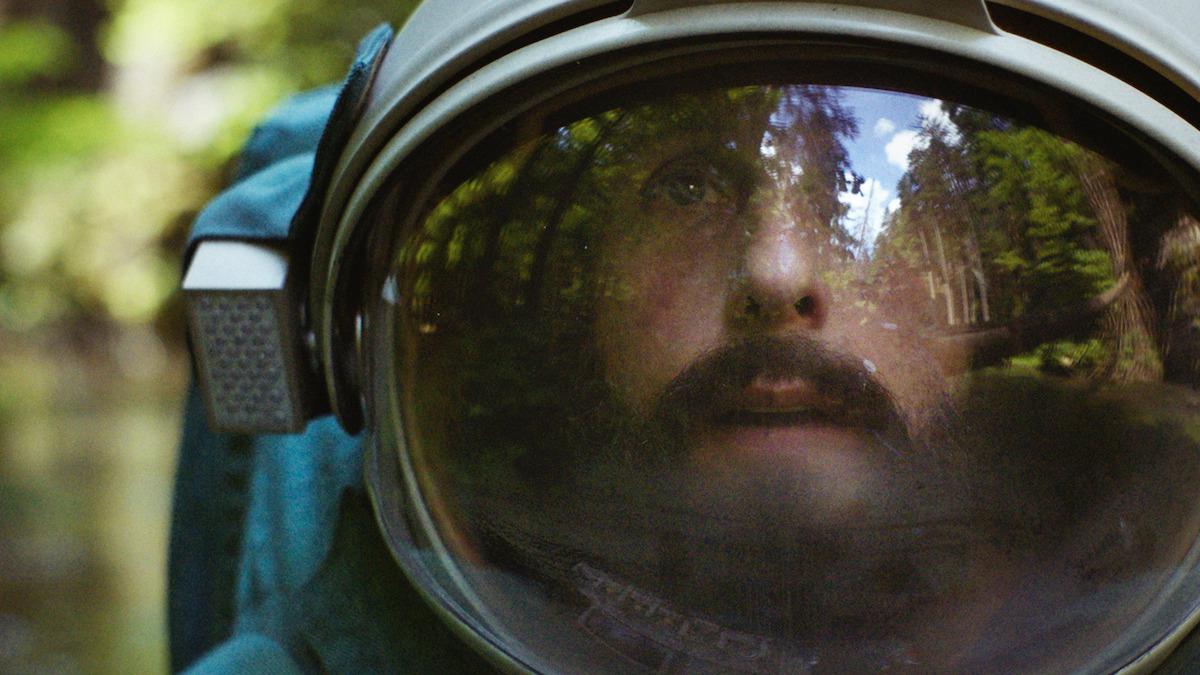


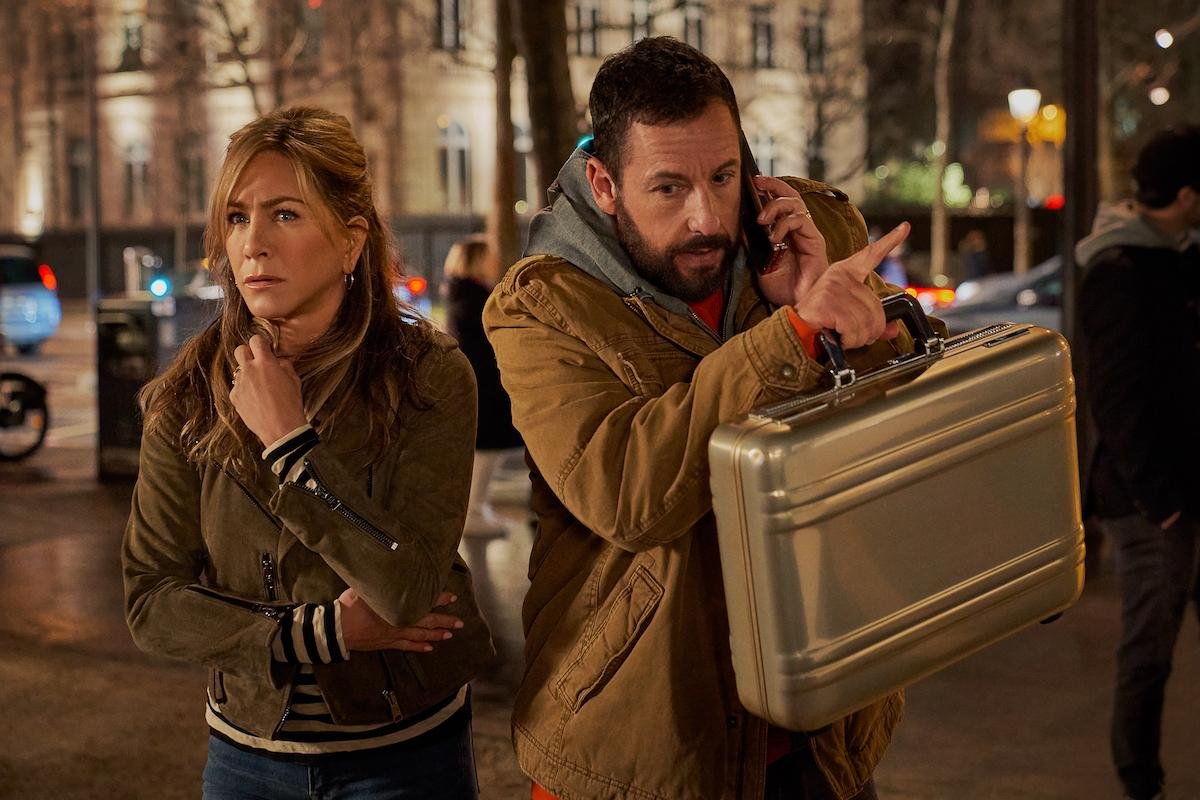




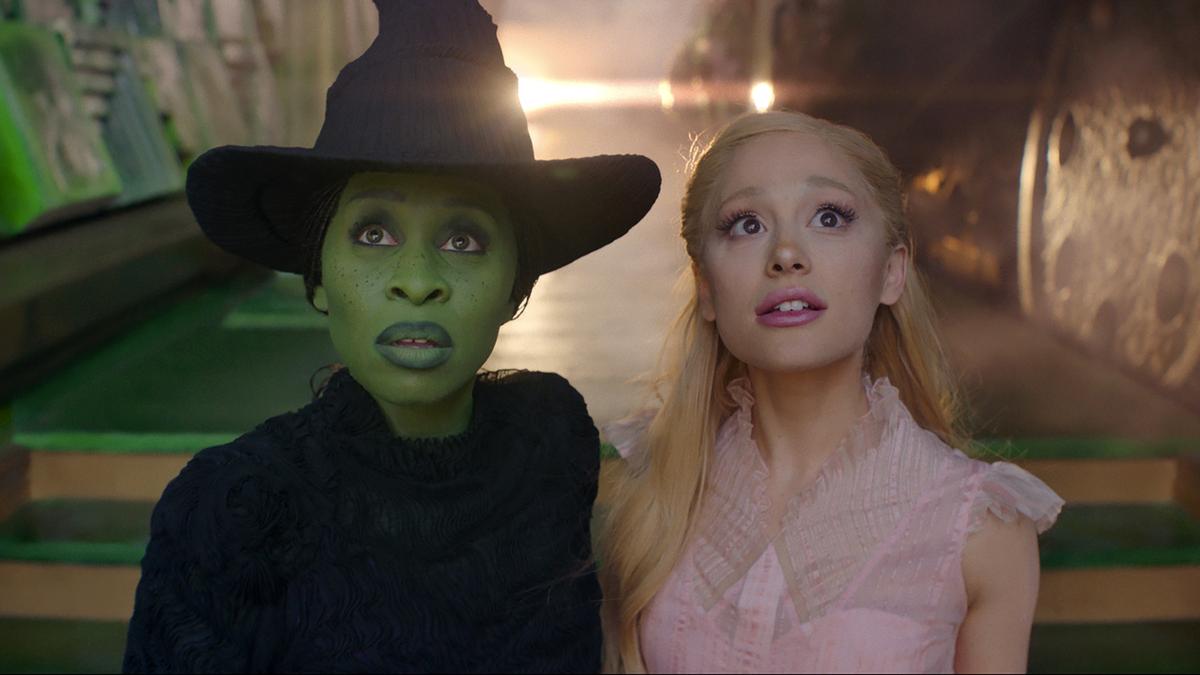
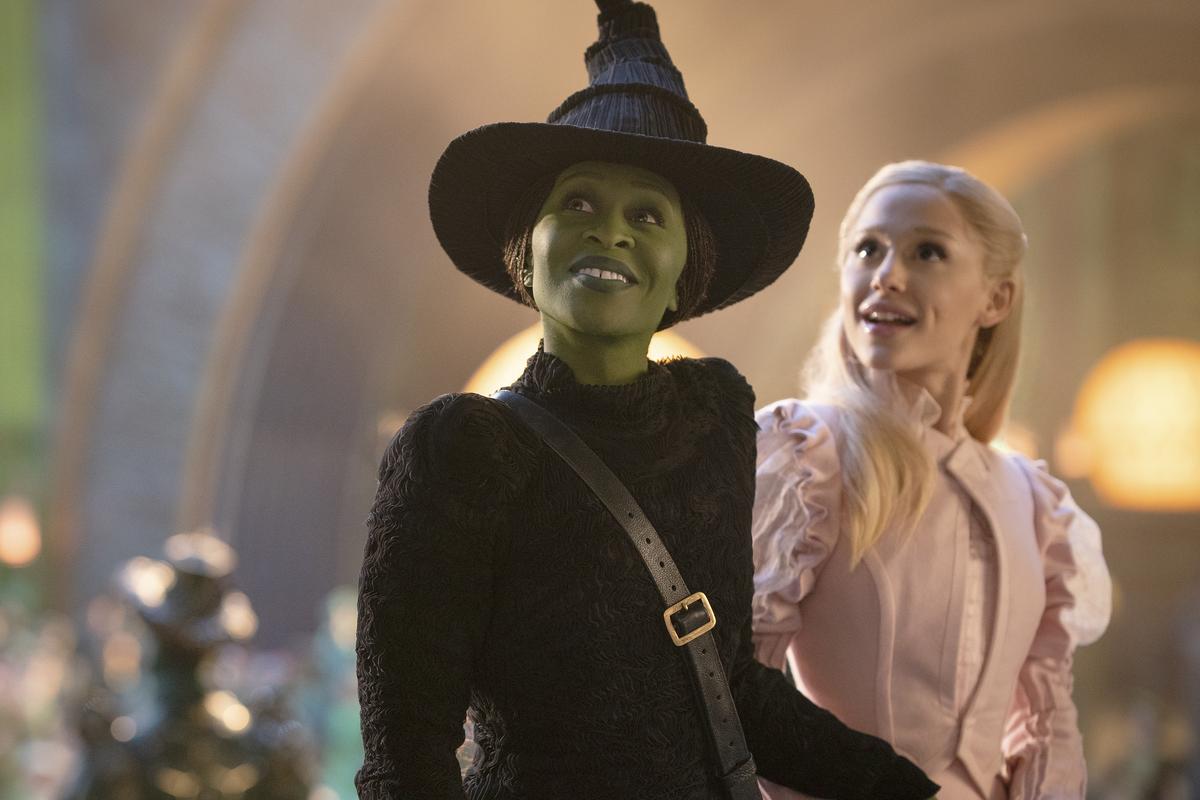





















/cdn.vox-cdn.com/uploads/chorus_asset/file/25739950/247386_Elon_Musk_Open_AI_CVirginia.jpg)

